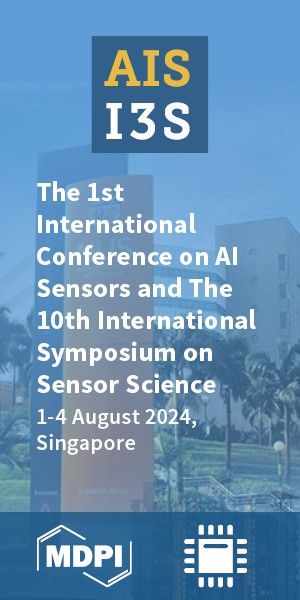Article
Version 1
Preserved in Portico This version is not peer-reviewed
Superluminal Tunneling of a Relativistic Half-Integer Spin Particle through a Potential Barrier
Version 1
: Received: 3 May 2017 / Approved: 4 May 2017 / Online: 4 May 2017 (06:28:07 CEST)
Version 2 : Received: 13 July 2017 / Approved: 14 July 2017 / Online: 14 July 2017 (17:52:45 CEST)
Version 2 : Received: 13 July 2017 / Approved: 14 July 2017 / Online: 14 July 2017 (17:52:45 CEST)
How to cite: Nanni, L. Superluminal Tunneling of a Relativistic Half-Integer Spin Particle through a Potential Barrier. Preprints 2017, 2017050034. https://doi.org/10.20944/preprints201705.0034.v1 Nanni, L. Superluminal Tunneling of a Relativistic Half-Integer Spin Particle through a Potential Barrier. Preprints 2017, 2017050034. https://doi.org/10.20944/preprints201705.0034.v1
Abstract
This paper investigates the problem of a relativistic Dirac half-integer spin free particle tunneling through a rectangular quantum-mechanical barrier. If the energy difference between the barrier and the particle is positive, and the barrier width is large enough, there is proof that the tunneling is always superluminal. For antiparticle states, the tunneling may be either subluminal or superluminal instead, depending on the barrier width. These results derive from studying the tunneling time in terms of phase time. For particle states these are always negatives while for antiparticle states they are always positives, whatever the height and width of the barrier. The scattering also leads to an anomalous distortion of the Dirac spinor that tends to disappear as the particle velocity approaches the speed of light. Moreover, the phase time tends to zero, increasing the potential barrier both for particle and antiparticle states. This agrees with the interpretation of quantum tunneling that the Heisenberg uncertainty principle provides. This study’s results are innovative with respect to those available in the literature. Moreover, they show that the superluminal behaviour of particles occurs in those processes with high-energy confinement.
Keywords
quantum tunneling; evanescent waves; Hartman effect; relativistic particles
Subject
Physical Sciences, Quantum Science and Technology
Copyright: This is an open access article distributed under the Creative Commons Attribution License which permits unrestricted use, distribution, and reproduction in any medium, provided the original work is properly cited.
Comments (0)
We encourage comments and feedback from a broad range of readers. See criteria for comments and our Diversity statement.
Leave a public commentSend a private comment to the author(s)
* All users must log in before leaving a comment







